08 Jun Laura: In and out
Texas: It was a quick in and out stop for Texas this year, a far cry from the time we normally put in through this region.
What was the culprit for the change? Drought.
The drought is widespread through the country this year and affects much of the western midwest and western United States. Unfortunately, our harvest trail follows much of the affected area. I have included a picture from the University of Nebraska’s drought monitor below. I hope that diagram will help paint a picture of just how serious the problem is in places.
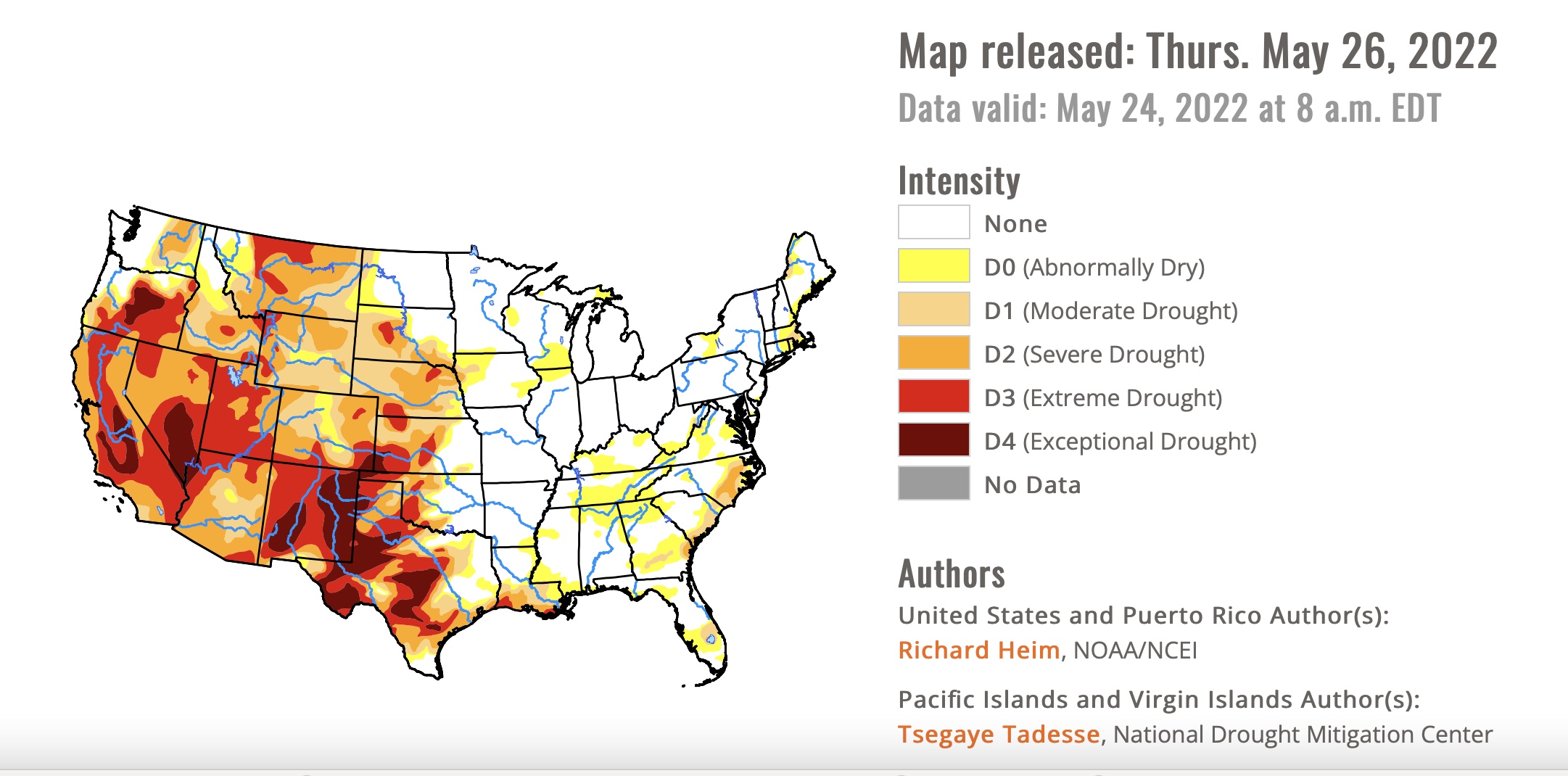
UNL’s drought monitor. (Photo Source https://droughtmonitor.unl.edu/CurrentMap/StateDroughtMonitor.aspx.)
In our region in Texas, there was considerable amount of wheat destroyed so the acres just weren’t there for the harvest. The tough thing about agriculture is there is so much out of our control and decisions have to be made without the help of a crystal ball.
The wheat that was spared made under twenty bushels per acre. The test weights were around 60 pounds with protein reaching 14%. In terms of yield, the cut acres came in nearly twice as good as was expected. There was some talk of regret of destroying some fields. However, that takes us back to the uncertainties in agriculture. Often, tough decisions have to be made with the information at hand, and that information pointed to destruction being the best choice. In the cases of other fields, the choice was clear, and those fields needed to be terminated prematurely without looking back.
To give you a deeper idea of some of the conditions up the road, I’ll provide an example, with permission, from extreme southwest Kansas. One of my friends in that area had not had measurable moisture on his farm since July 31, 2021. On May 24, he received 0.83 of an inch. When the insurance adjuster came out, his wheat was appraised at 0.3 bushels per acre. Now, mind you, that is an extreme of the extreme example. There are brighter spots out there, but this is the reality some are facing. This is not just a farmer issue. This has a ripple affect to the local communities, food supply chain, your table, etc.
But back to Texas. It was a tough way to start to the season. However, we are thankful for the opportunity to cut what was available.
The next stops for our crew will be southern and northern Oklahoma and southern Kansas. I know farmers and harvesters alike would appreciate some prayers for more favorable conditions, not only for the wheat, but for fall crops that have been going in or are already actively growing.
May is mental health month. People in agriculture face an extreme amount of stress on a daily basis. We realize this is a choice, but that doesn’t negate the fact it takes a toll over time. If you or someone you know is struggling in this area, know that there isn’t any shame in asking for help. There are lots of resources from ag organizations and professionals waiting to help. We are in this together and no one should face these challenges alone. Let’s all be willing to help end the stigma around mental health in the ag community and be ready to offer a hand up to our friends, neighbors and even ask for one ourselves when needed.
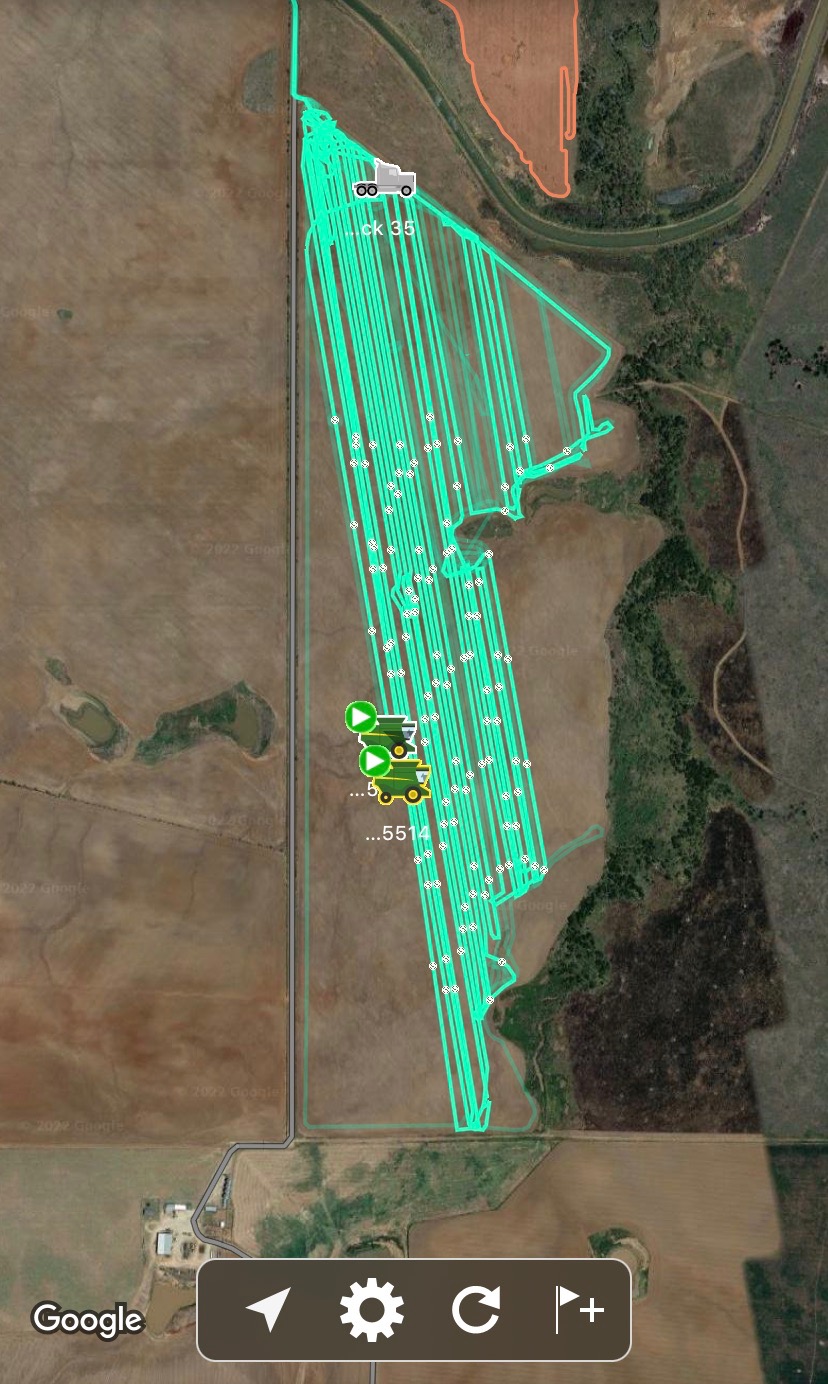
Crew rolling along in the field. (Photo by Ryan Haffner.)
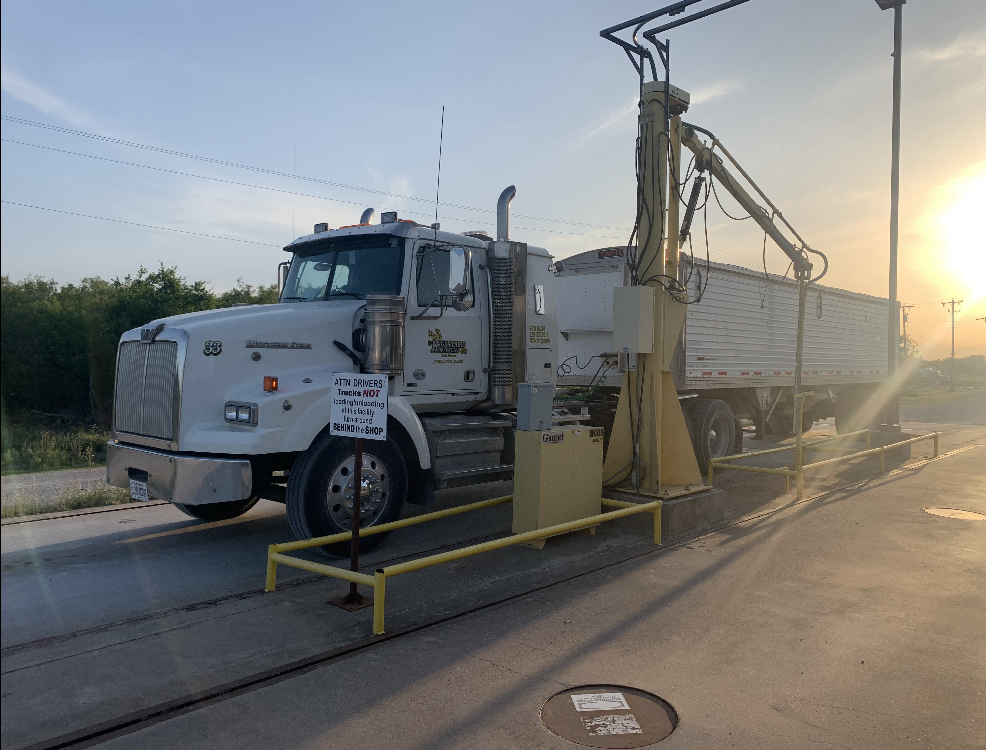
Weighing in another load down in Texas. (Photo by Ryan Haffner.)
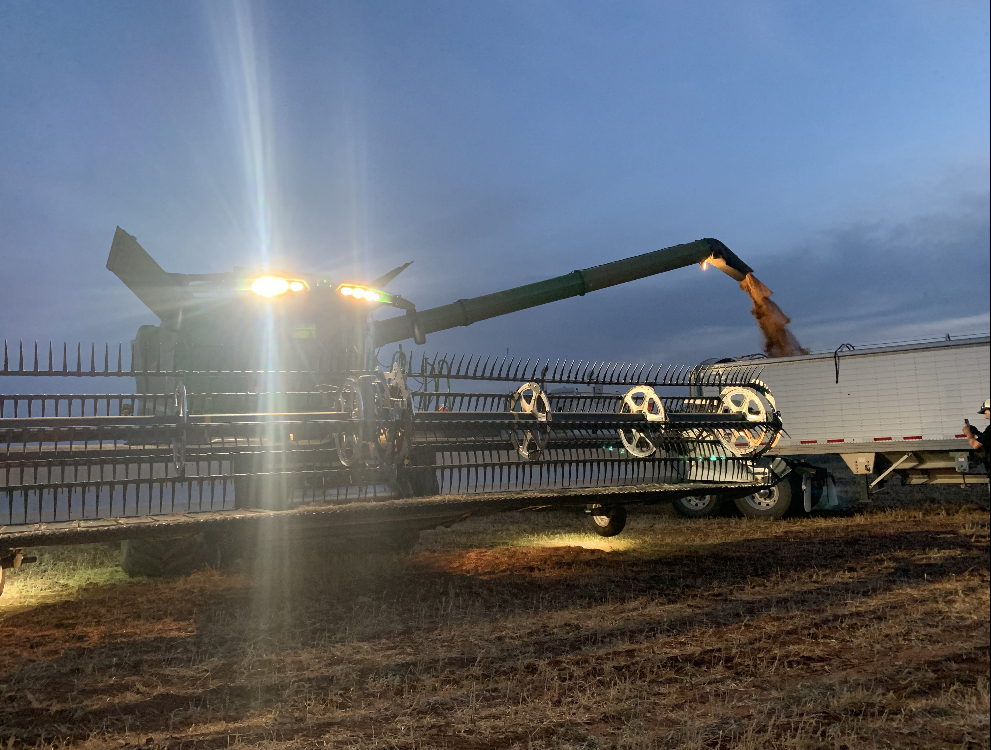
Sun’s down lights are on. (Photo credit by Ryan Haffner.)
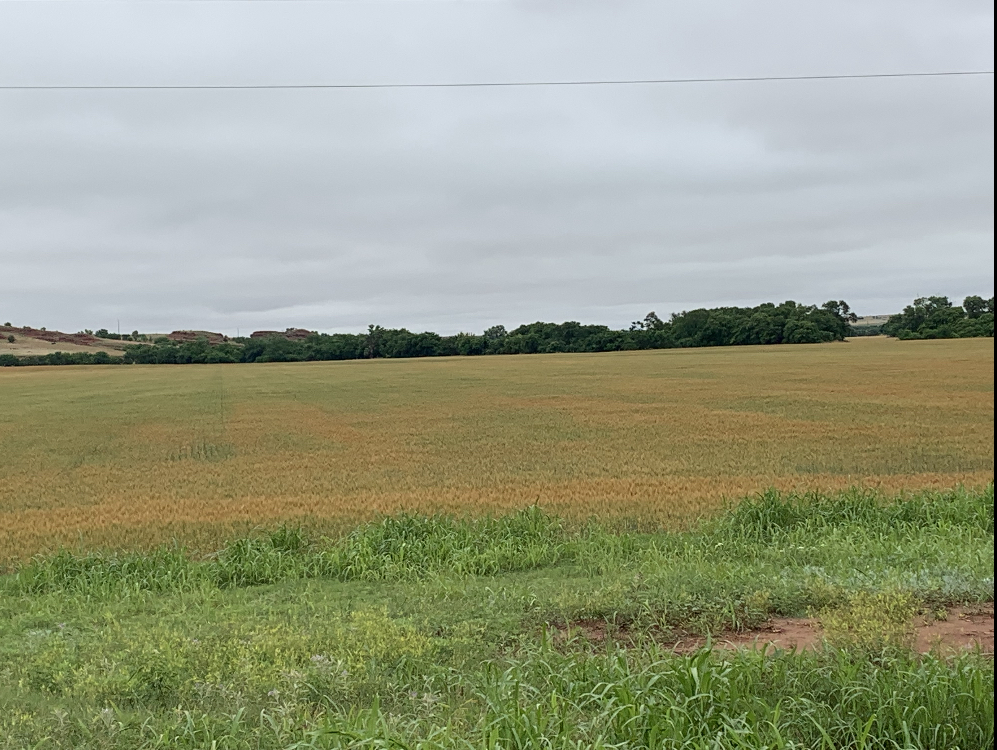
Green wheat a little further up the road in Oklahoma. (Photo by Ryan Haffner.)
Laura Haffner can be reached at laura@allaboardharvest.com.
All Aboard Wheat Harvest is brought to you by ITC Holdings, CASE IH, Oklahoma Baptist Homes for Children, US Custom Harvesters Inc., Unverferth Mfg. Co. Inc., Lumivia CPL by Corteva Agriscience, Kramer Seed Farms, and High Plains Journal.

Sorry, the comment form is closed at this time.